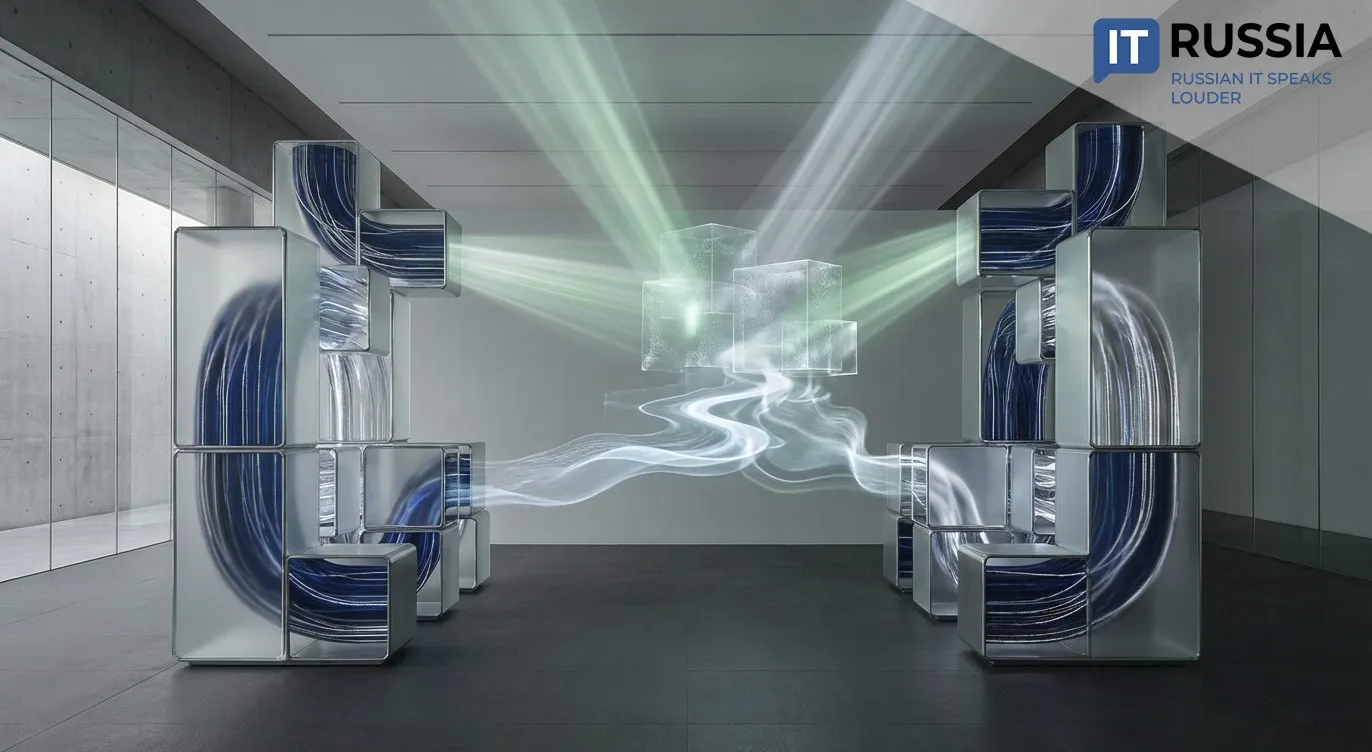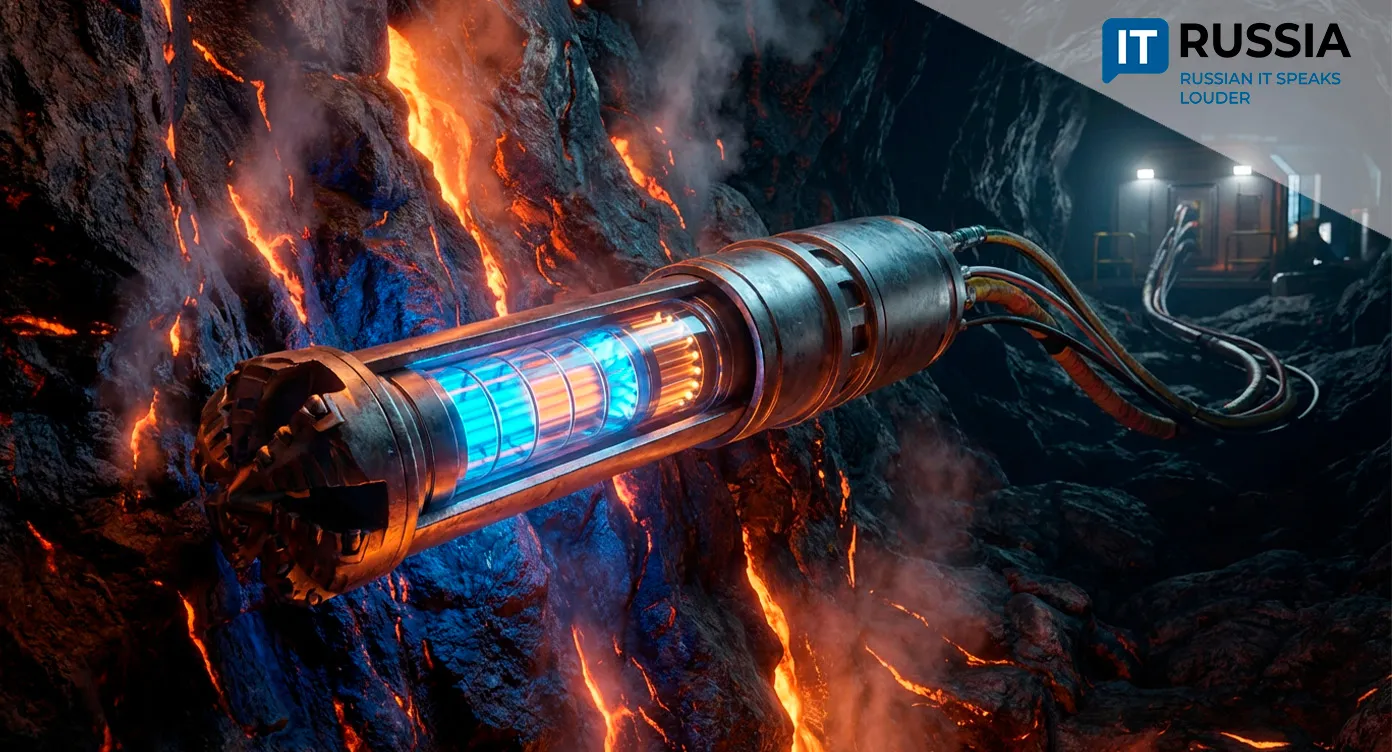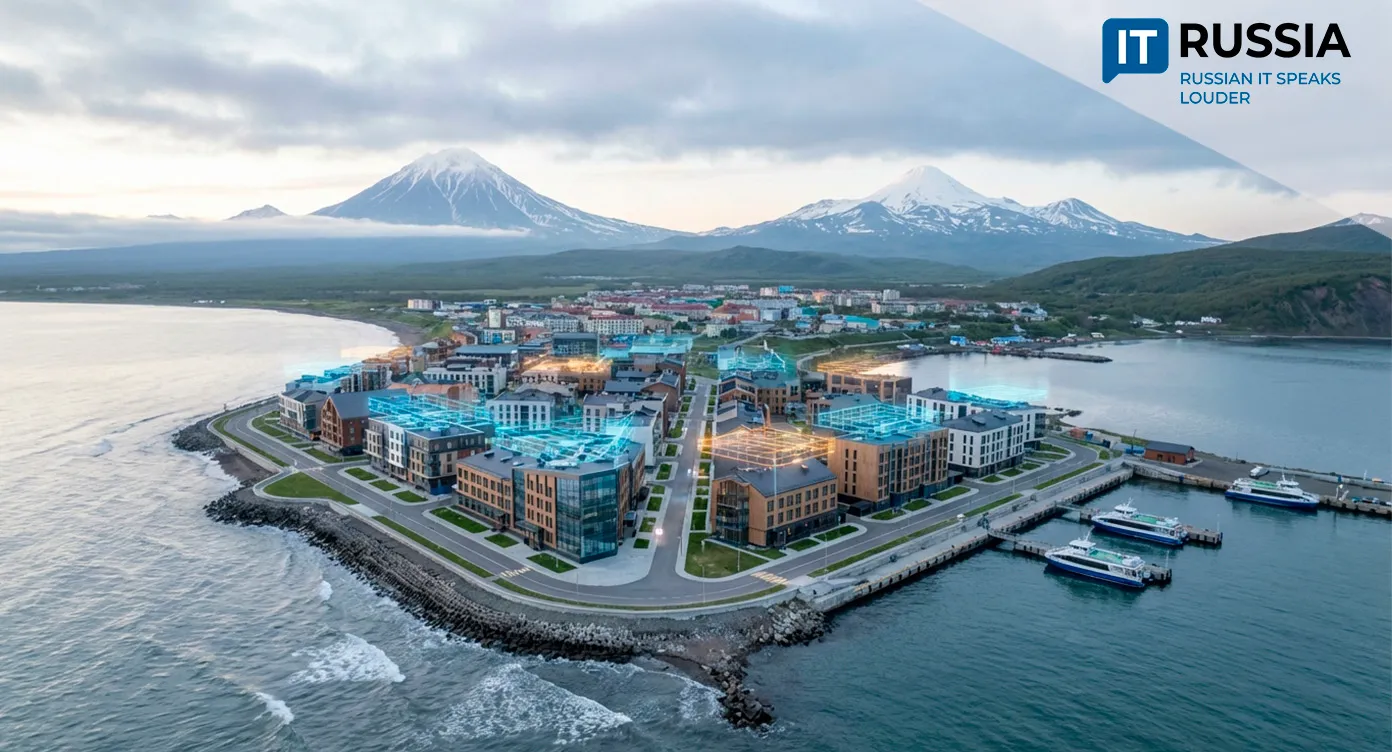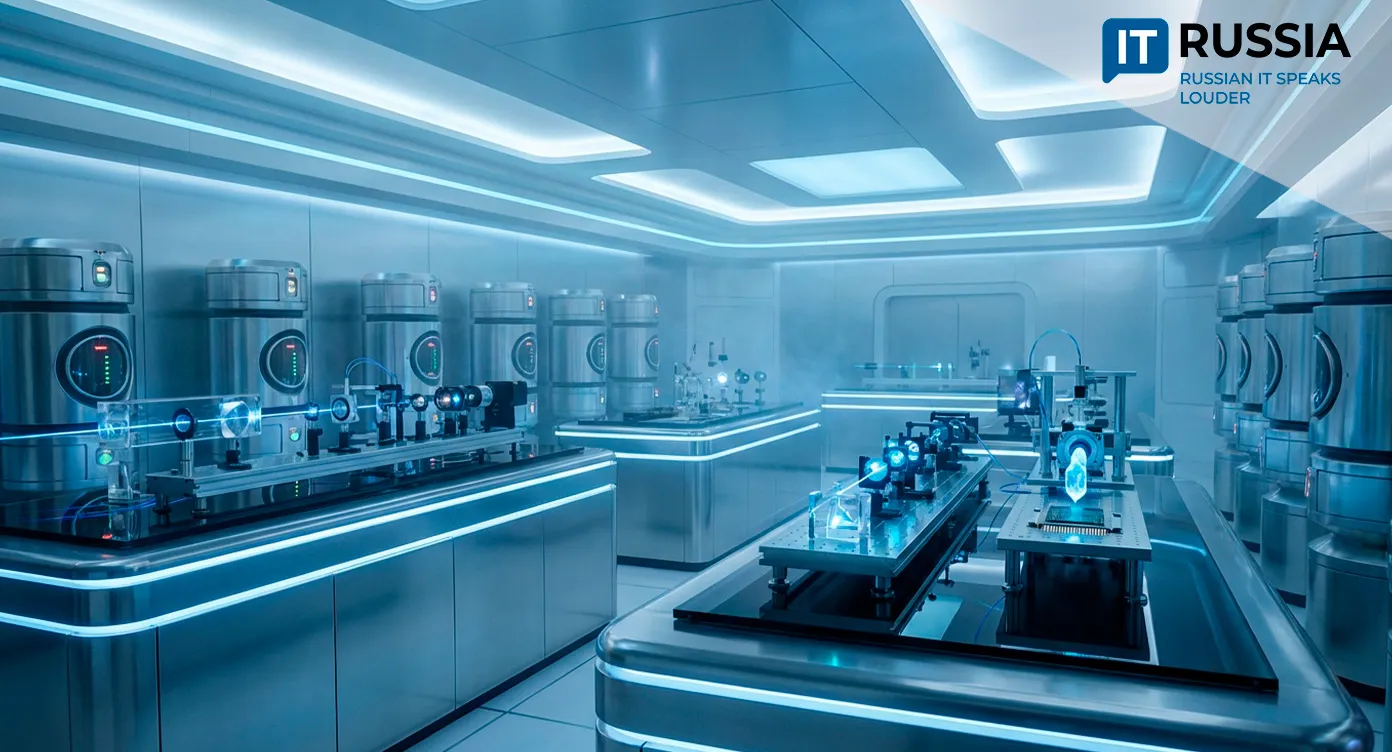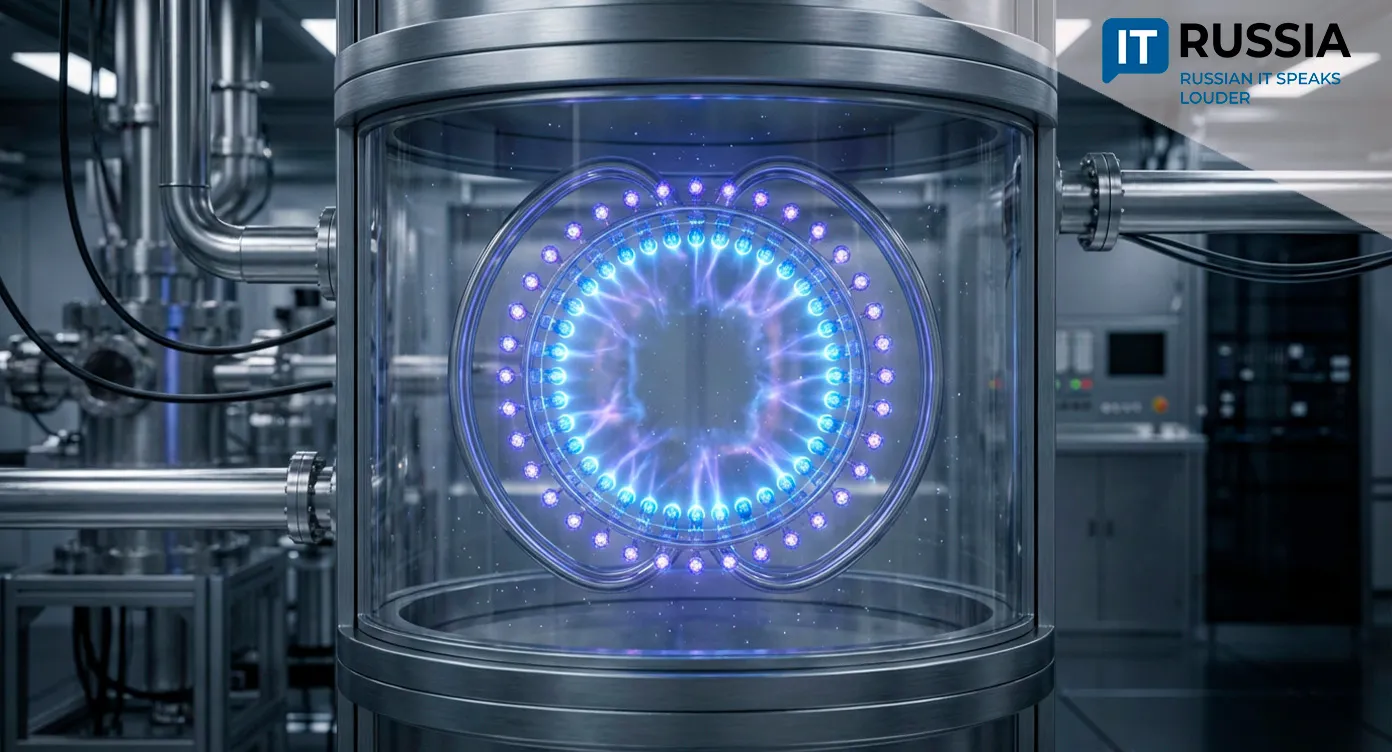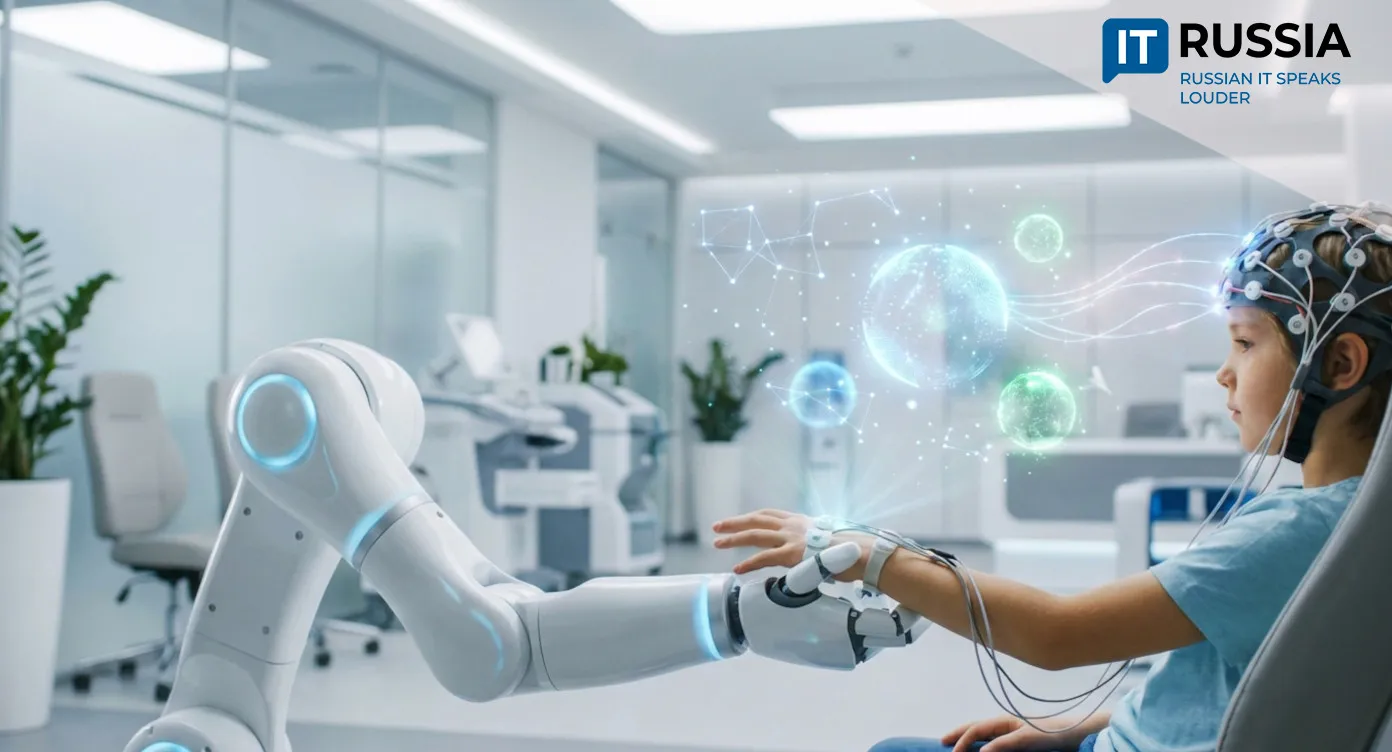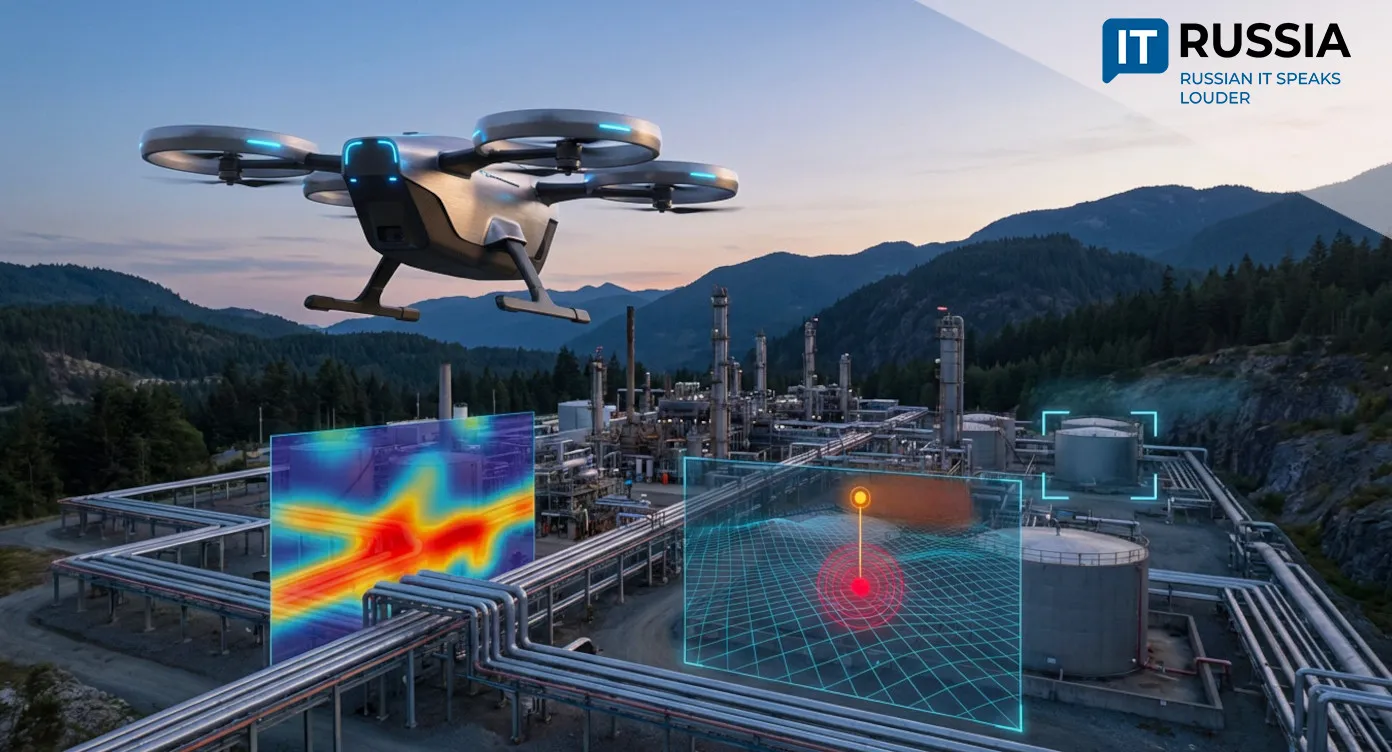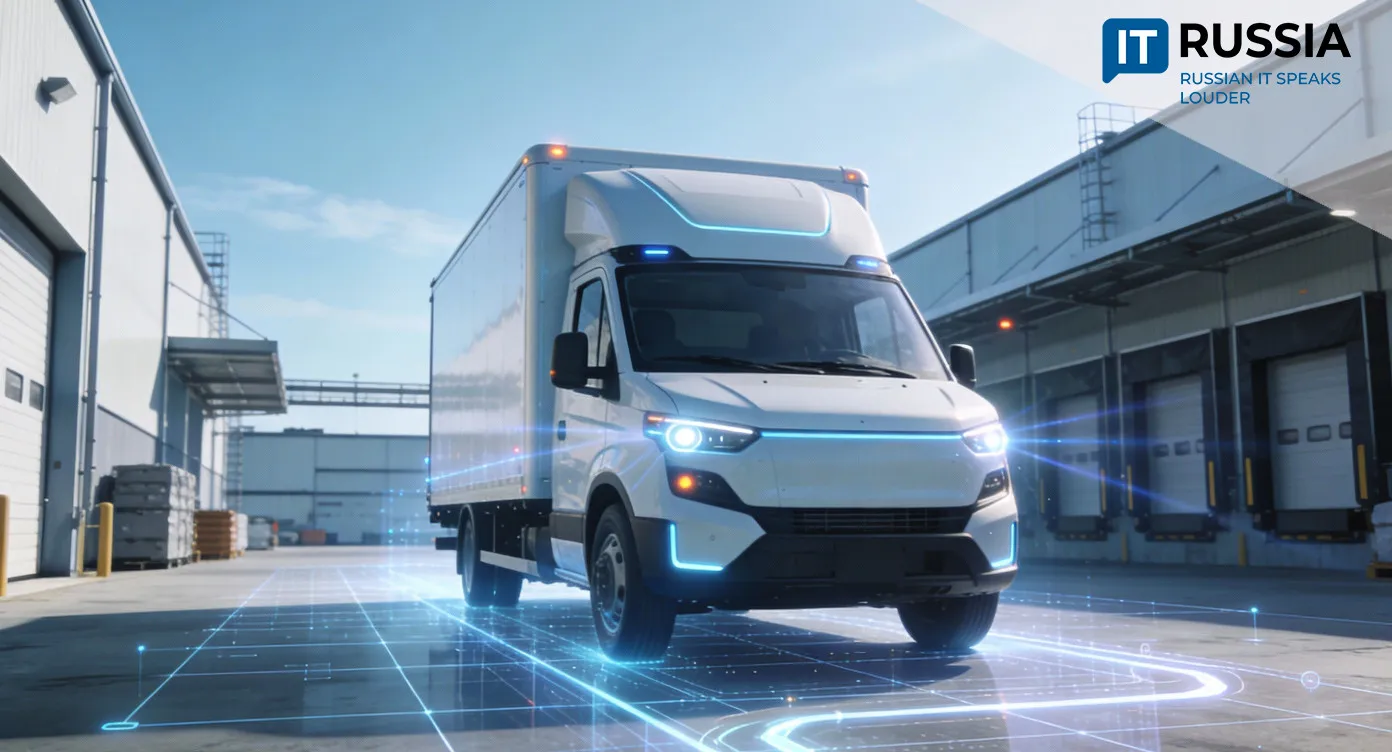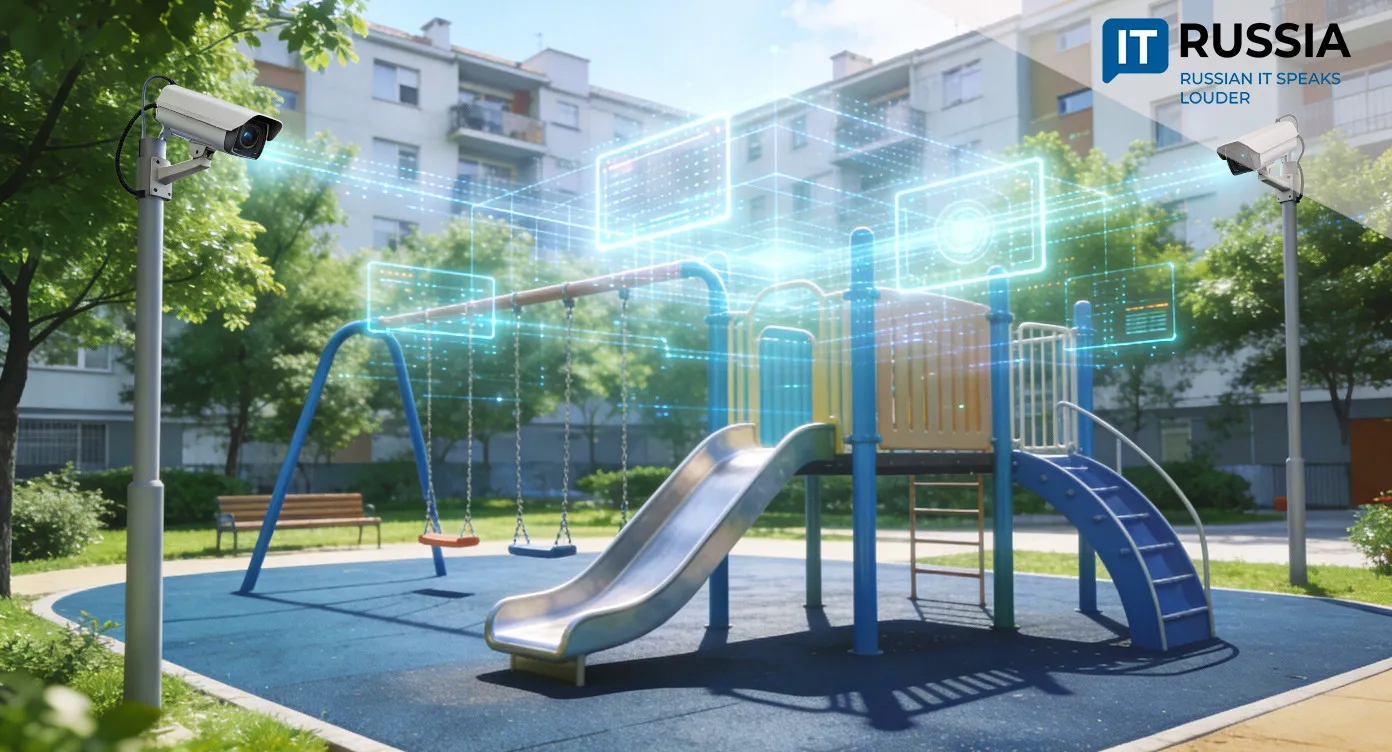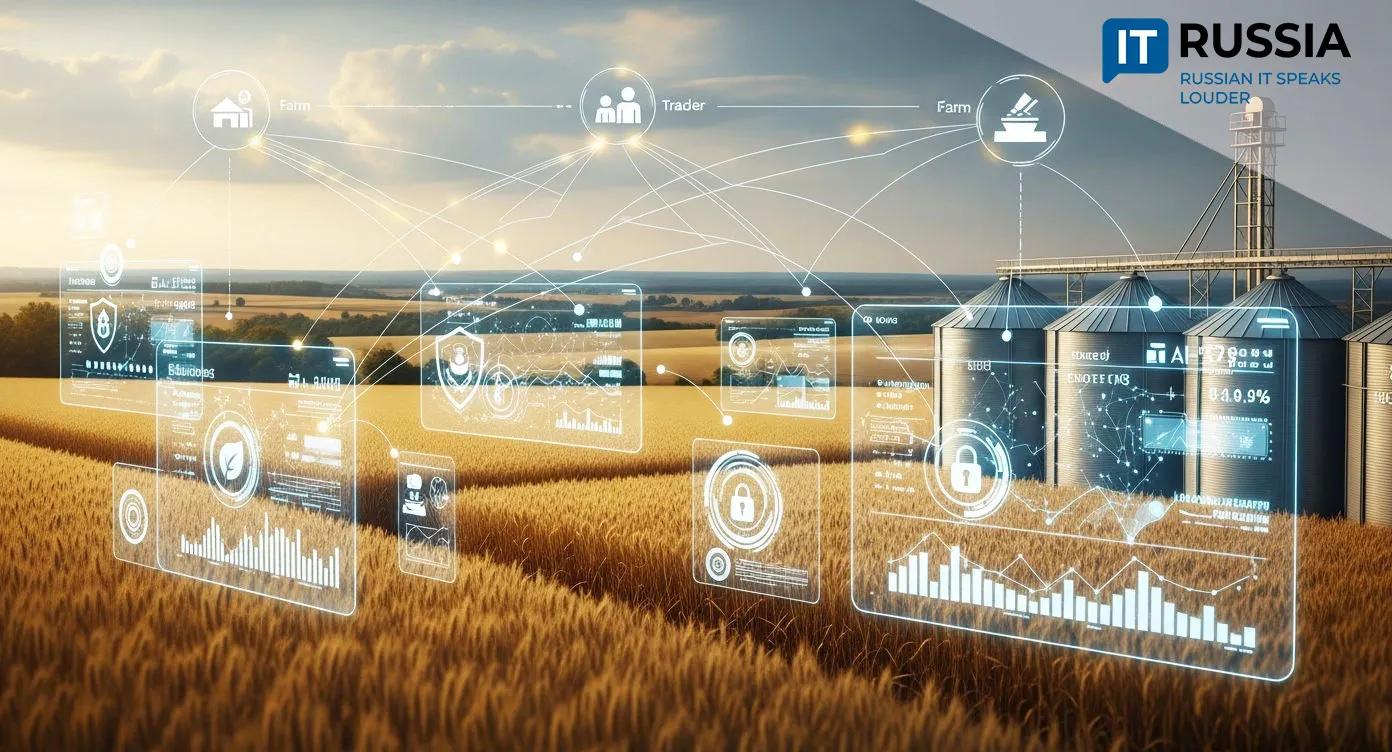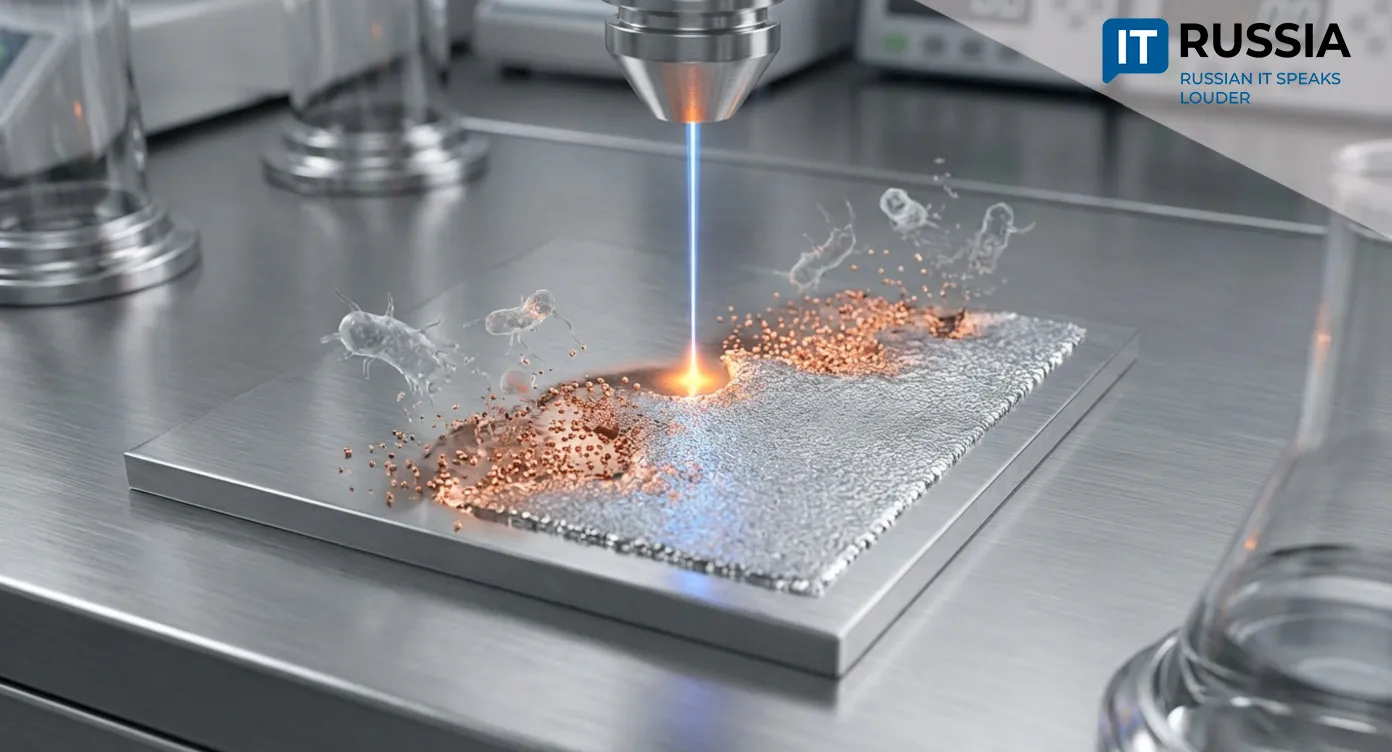Russian Automotive Industry Bets on Robots and Technological Sovereignty
Robots, digital twins, and IoT: Russia’s automotive industry is building its own version of Industry 4.0. Facing global challenges, the sector is accelerating toward automation and independence, reshaping how cars are designed, assembled, and maintained.

Automation without Foreign Support
The AGR Holding plant in the Kaluga region has become a symbol of technological transformation in Russia’s automotive sector. Since late summer 2025, the facility—formerly owned by Volkswagen Group—has launched a full production cycle of the Tenet T8 crossover, completely reconfiguring the manufacturing line for the new model. The level of robotization now exceeds that of its previous owner by more than twofold.
At the same time, the former PSMA Rus plant, now renamed Automotive Technologies, has restored pre-sanction production volumes by launching full-cycle assembly of the Haval M6, one of the best-selling vehicles in Russia. This required adapting welding and painting lines, introducing a Russian-made production flow management system, and building a new component base. High assembly quality and local production are boosting consumer confidence.
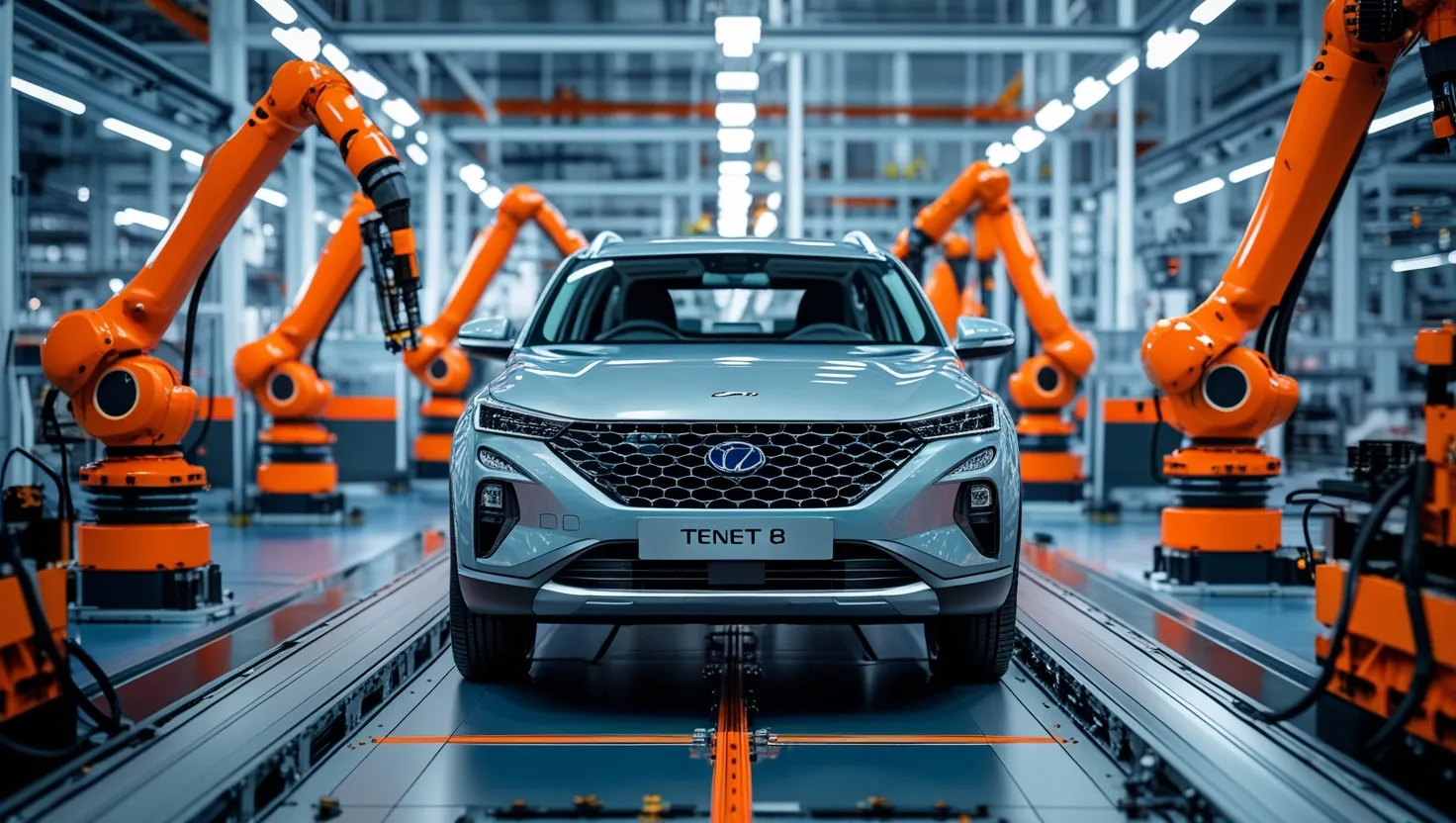
Across the Kaluga automotive cluster, factories are not only restoring output but surpassing previous benchmarks—solidifying industrial sovereignty and driving record production levels.
Smarter, Stronger, and More Affordable
Rising levels of automation are opening doors for Industry 4.0 solutions such as digital twins, predictive maintenance systems, MES/SCADA integration, and big data analytics. These changes are stimulating Russian IT firms specializing in industrial automation and paving the way for the creation of a ‘Russian robotics module’ featuring locally developed controllers, IoT sensors, and software.
For Kaluga, these projects mean more than new jobs—they bring investments, workforce training, and reaffirm the region’s role as a key industrial hub. For consumers, automation means higher assembly quality, lower production costs, and—eventually—lower vehicle prices. It also reduces the risk of shortages in cars and spare parts, making vehicles more reliable and accessible for millions of Russians.
On a national scale, these trends strengthen domestic manufacturing, reduce dependency on foreign technologies, and enhance the export potential of Russian-made industrial solutions.
Russia Builds Its Own Automation Ecosystem
Automation is at the heart of Russia’s manufacturing modernization. KAMAZ, a leading truck manufacturer, plans to reach a density of 280 robots per 10,000 employees.
Its new cab frame plant employs 223 workers and 117 robots, illustrating a high level of integration between human expertise and machine precision. At AvtoVAZ, more than 1,300 robots operate across production lines, with the Granta model’s welding process automated at 85%.

Localization across the model range now averages 95%. Meanwhile, Avtotor has implemented a new robotic line capable of producing up to 80,000 vehicles per year. A major milestone in the sector’s digital transformation is the creation of a Russian PLM (Product Lifecycle Management) platform developed by Top Systems JSC and the Gorky Automotive Plant IT Center.
This platform manages digital vehicle prototypes and product data from concept to market, cutting development times and boosting engineering efficiency. Together, these examples show that automation is becoming a structural pillar of Russia’s automotive industry.
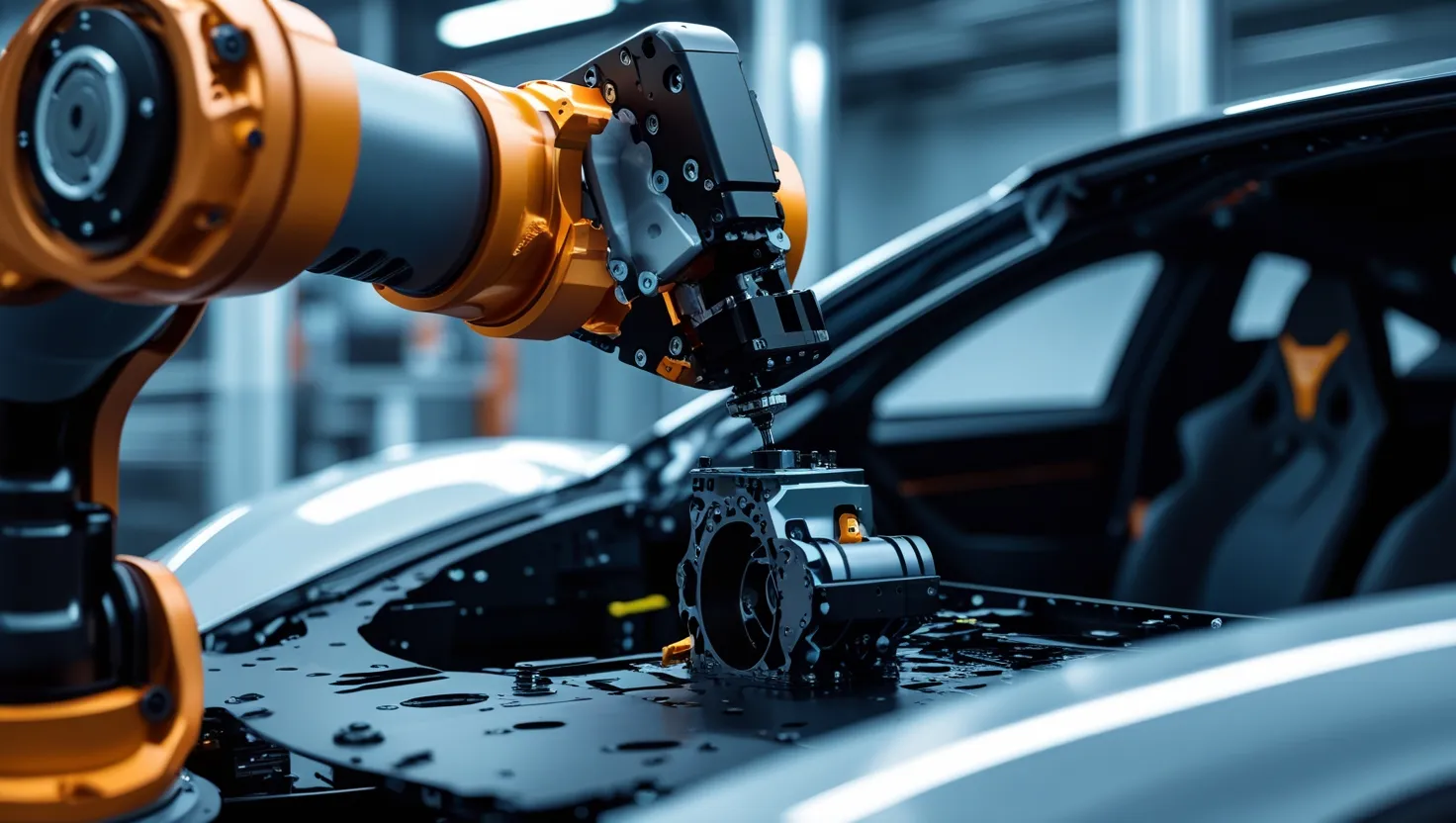
Overcoming Industrial Challenges
Transitioning to fully automated manufacturing presents challenges—chiefly, the limited localization of equipment and the shortage of qualified engineers.
Success will depend on targeted state policies such as subsidies for robotics, retraining programs for engineers, and the development of domestic software and controllers. If these barriers are addressed, the coming years could see the rise of fully automated plants, AI-assisted assembly processes, and the expansion of Russian system integrators into global markets.
IT and Industry Converge
The future of Russia’s automotive production lies in technological breakthroughs: artificial intelligence, 3D printing, fully automated assembly lines, and sustainable ‘green’ manufacturing. AI will optimize production in real time, while 3D printing will enable on-site part manufacturing, reducing dependency on logistics chains.
Next-generation robots will be more energy-efficient, minimizing the carbon footprint of factories. By 2030, experts forecast automation to cover up to 80% of processes at Russian auto plants. With technologies such as 5G, blockchain, and quantum computing advancing rapidly, automation will become increasingly intelligent, adaptive, and resilient.




